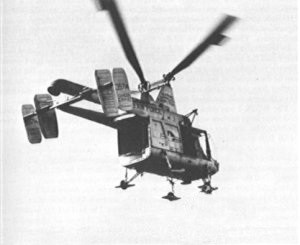Casper aviation platoon Casper Platoon Story

The Third Pedro
Casper 721 Rescue Mission December 11, 1968

This site was last updated: 2/15/15

By: Dwight Hageman, USAF Pedro Pilot
On December 11th, 1968, I had been “in country” about 3 weeks, following the USAF Jungle Survival school in the Philippines.
I was a new USAF Major, with thousands of flight hours in fixed-
In December of 1968 I was getting checked out in Vietnam operations. I had been rather suddenly assigned to Phu Cat AB because another pilot had recently been killed in a rescue attempt (also for a downed Army helicopter crew) just a few days before my arrival. I was his replacement.
On December 11th, myself and Maj Juan Migia, the Detachment commander at Phu Cat Pedro were on local base rescue (firefighting) alert, and our other two crews were on rescue alert.
When the alert sounded for Casper 721, our two rescue alert Pedros launched and began extraction operations, ferrying the rescued personnel to the hospital at Quin Non, with fuel stops at Phu Cat operations as required. I was serving as Operations Officer at this time, and was coordinating our rescue operations as well as the medical evacuations.
In the late afternoon, a distress call was received from our two Pedros, stating that they needed more support ASAP due to the number of extractions, and mainly the need to get a fireman with the “Jaws of Life”
apparatus to the site to extract the pilot (Walt Henderson) without major surgery on site. The Army personnel on site were very concerned that the impending darkness would enable the NVA/Viet Cong troops to overrun the site.
Maj Migia and I launched immediately with the fireman and the “Jaws of Life”. Maj Migia was in the right seat, and I was in the left seat. We hot refueled enroute. The next few hours are hazy due to the extreme pace of operations. Our three Pedros extracted a total of 9 souls from the site, including crew members Walt Henderson (pilot) with his legs more or less intact, and John Steen (door gunner). I was informed later that Army Hueys picked up Ned Costa, crew chief, and Cliff White, co-
One truly amazing thing happened as darkness fell over the crash site. We were extracting the “last two” souls from the site. I don’t know if they were Casper personnel, passengers, or other people that were trying to help. We were hoisting these two troops up at the same time on the Jungle Penetrator. Just as we got them to the helicopter side door, the cable broke at the hoist motor area.
Thank God that our large crew chief, a Sgt Jessie Franklin, was able to manhandle one of the troops before he fell, dragged him partway into the helicopter and literally sat on him to keep him from falling out. Maj Migia, who was in the right seat, turned the controls over to me, and got the other troop to stand on the “bear paw” left front skid of the HH-
We then returned to Phu Cat and tried to put the events of the day together. Due to this quirk of fate, I ended up received the Military Airlift Command Outstanding Safety Award for 1968. It was an amazing sequence of events.
Photo of an USAF HH-
